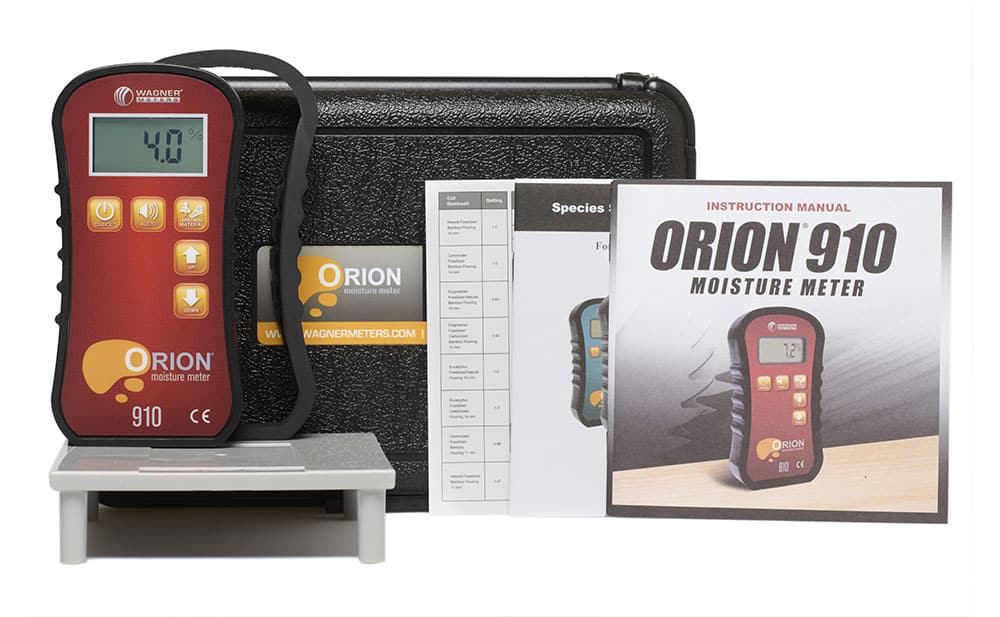Comprehending the Different Kinds Of Moisture Meters and Their Applications
Comprehending the Different Kinds Of Moisture Meters and Their Applications
Blog Article
Recognizing the Importance of a Wetness Meter in Preventing Mold And Mildew and Water Damage in your house
In the world of home upkeep, the visibility of moisture can commonly be a quiet yet awesome adversary, capable of triggering prevalent mold and mildew development and perilous water damage if left unchecked. Understanding the value of a dampness meter in this battle is not just an option yet a calculated need.

Value of Moisture Detection
Effective wetness detection approaches are important for guarding homes and protecting against possible mold and mildew development and water damages. Moisture can seep into different structure materials, causing architectural issues and health and wellness hazards - Moisture Meter. By using a wetness meter, homeowner can proactively identify areas susceptible to excess wetness, enabling timely intervention and mitigation strategies
Moisture meters give exact analyses of wetness levels in different materials such as concrete, timber, and drywall. This data assists in determining locations of problem, also in hard-to-reach or surprise areas. Early detection of moisture buildup makes it possible for timely repair work or adjustments to stop more damage.

Just How Dampness Meters Work
Dampness meters play a pivotal function in the aggressive recognition of excess moisture, helping in the avoidance of possible mold and mildew growth and water damage by giving accurate readings of dampness levels in different building materials. Some progressed moisture meters pin both integrate and pinless modern technologies for comprehensive wetness discovery. Recognizing exactly how moisture meters feature is important for prompt and exact dampness level assessments, allowing efficient preventative actions against mold and water damages.
Detecting Early Warning Indications
Upon preliminary examination of a residential property, identifying refined indications of excess dampness comes to be crucial in the very early discovery of possible mold growth and water damages. Some typical early indication include stuffy odors, water stains on wall surfaces or ceilings, peeling off paint or wallpaper, and warped or stained surfaces. Mildewy odors frequently show the existence of mold or mold, also if no noticeable indications are obvious. Water discolorations can signal leakages or seepage, while peeling paint or wallpaper may be a result of dampness jeopardizing the adhesion of these products to the surface. Distorted or stained surface areas, such as twisting floorboards or blemished drywall, are clear indications of water damages. Moisture Meter. Additionally, a rise in allergy signs and symptoms or respiratory concerns among residents might suggest the visibility of mold because of excess dampness. By immediately identifying and resolving these early indication, homeowners can minimize the danger of considerable mold development and water damage in their residential properties.


Stopping Mold Development
Recognizing very Check Out Your URL early indication of excess dampness within a property not only enables punctual discovery of possible mold development and water damage yet also functions as a positive step in protecting against the spreading of mold. To effectively prevent mold growth, it is essential to deal with any sources of dampness quickly. This can include fixing leakages in roofing systems, pipelines, or home windows, making sure appropriate ventilation in wet areas like shower rooms and kitchen areas, and making use of dehumidifiers in high-humidity areas. On a regular basis preserving the home and checking's plumbing, roofing, and rain gutters can also assist in stopping water intrusion that could cause mold development.
Along with attending to moisture sources, keeping indoor humidity levels below 60% can dramatically inhibit mold growth. Correct ventilation, sufficient insulation, and utilizing a/c or followers can help regulate indoor humidity levels. Checking moisture levels in areas susceptible to wetness, such as cellars and creep rooms, making use of a dampness meter can also aid in early detection of elevated dampness degrees and potential mold and mildew development. By taking proactive measures to stop excess wetness and mold growth, property owners can protect their property and interior air high quality.
Advantages of Regular Surveillance
Routine monitoring of wetness degrees in a home can play a crucial function in preserving a healthy interior environment and avoiding prospective mold and mildew and water damages. By on a regular basis examining dampness degrees, house owners can discover any type of problems without delay and take necessary actions to avoid mold development and water damage.
Moreover, normal Find Out More tracking permits homeowners to track patterns and fads in wetness levels over time. Inevitably, the regular surveillance of wetness degrees encourages house owners to protect their property, protect their wellness, read the full info here and preserve the integrity of their indoor atmosphere.
Verdict
In final thought, the use of a wetness meter is crucial in stopping mold and water damages in homes. By spotting very early caution indications of moisture, homeowners can take proactive measures to avoid mold development and costly repair work.
By utilizing a dampness meter, building owners can proactively determine areas susceptible to excess dampness, enabling for prompt intervention and reduction techniques.
Moisture meters provide accurate readings of dampness degrees in various materials such as wood, drywall, and concrete.Wetness meters play an essential role in the positive identification of excess wetness, aiding in the prevention of possible mold and mildew development and water damage by offering precise analyses of wetness degrees in different structure materials. Recognizing just how moisture meters feature is important for accurate and prompt dampness degree assessments, making it possible for effective precautionary measures against mold and water damages.
Keeping an eye on moisture levels in locations prone to wetness, such as basements and creep spaces, using a moisture meter can likewise aid in very early discovery of elevated dampness levels and prospective mold growth.
Report this page